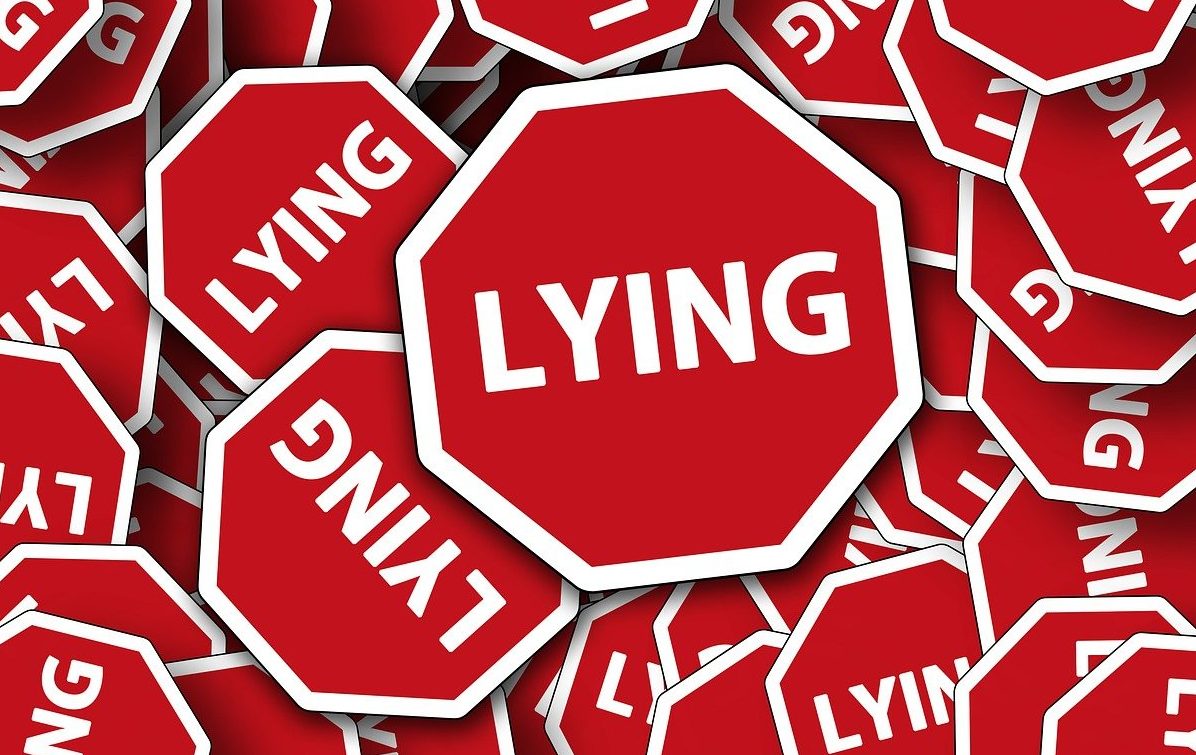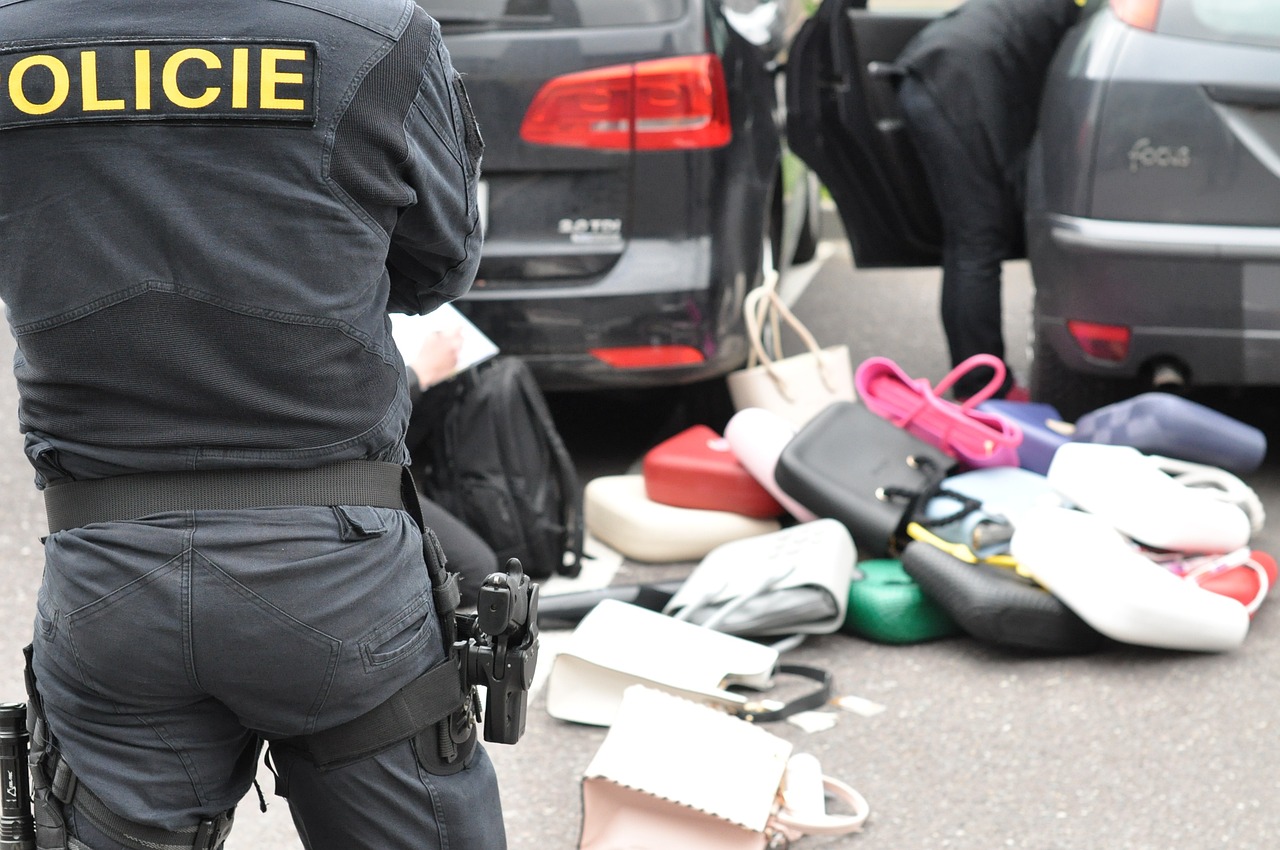In Hungary, counterfeiting has incurred a cost of EUR 189 million in lost income and has led to the loss of 4,466 jobs, as reported by the Hungarian Intellectual Property Office. These figures are derived from a study conducted by the European Union Intellectual Property Office (EUIPO) covering the period from 2018 to 2021.
The latest study from the EUIPO Monitoring Center delves into the economic repercussions of counterfeiting on sales and employment across three sectors: clothing, cosmetics, and toys.
According to the findings, the clothing industry suffered an average annual revenue loss of nearly EUR 12 billion due to counterfeiting between 2018 and 2021.
This represents 5.2% of the value of clothing products sold in the EU. In Hungary, businesses in this sector lost 6.2% of revenue, totaling EUR 126 million, and resulting in the loss of 3,247 jobs. Germany and Italy were identified as the most affected markets in this sector.
For the cosmetics industry, the estimated value of lost sales due to counterfeiting amounts to EUR 3 billion, constituting 4.8% of total sales. In Hungary, a loss of EUR 51 million was observed, accounting for 7.6% of total revenue. The French cosmetics industry faced the highest impact, with an annual loss of EUR 800 million.
Approximately 32,000 people in the EU, including 870 in Hungary, lost their jobs due to counterfeiting in the cosmetics sector.
Although the toys sector is the smallest among the three sectors studied, it has experienced the highest share of lost sales due to counterfeiting at 8.7%. This corresponds to EUR 1 billion in lost sales and a reduction of 3,600 employees. In Hungary, 349 people lost their jobs, and the revenue loss amounted to EUR 12 million. The German market was particularly affected, accounting for a third of the total loss of turnover in the toy industry.
Beyond financial losses and impacts on the labor market, counterfeiting poses significant health and safety risks to consumers, especially in the cosmetics and toys sectors.
Products with potential harm make up 15% of all counterfeit goods seized at the EU’s external borders, according to the EUIPO and Europol’s 2022 Intellectual Property Crime Threat Assessment.
The EUIPO survey sheds light on the economic challenges arising from the proliferation of counterfeit goods. In response, the Hungarian Intellectual Property Office, in collaboration with the National Tax and Customs Administration, is actively working to mitigate the availability of counterfeit goods in Hungary.
Related article
Hungarians Are Excellent at Spotting Counterfeit Products
According to an EU survey, nine out of ten Hungarians are able to recognize fake products.Continue reading
Via MTI; Featured Image: Pixabay

